#brooklyn history
Photo

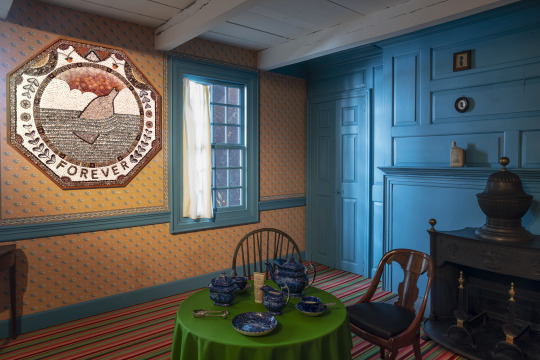



An 18th century house blanketed in 19th-century-inspired artwork made from 21st century trash.
Duke Riley has activated the two houses built by members of the Schenck family for his exhibition DEATH TO THE LIVING, Long Live Trash. Scrimshaw and sailors’ valentines currently on display almost suggest keepsakes from some seafaring loved one.
This second house was originally constructed by Nicholas Schenck in the 1770s on land that had been passed down from his grandfather, Jan Martense Schenck, in what is now the Canarsie Park. It saw the beginnings of what is now Brooklyn. Nicholas served in the American Revolution; his first wife was a member of the prominent Wyckoff family. The house stayed in the Schenck family for at least another generation.
Before it entered our collection in 1929, this house was temporarily converted to a concession stand in Canarsie Park which is situated on Jamaica Bay (shown in the final slide). Jamaica Bay has largely been protected since 1972, but the area still struggles with pollution like much of New York City’s waterways where Duke Riley goes fishing for his materials.
📷 Installation view, DEATH TO THE LIVING, Long Live Trash. Brooklyn Museum, June 17, 2022 - April 23, 2023. (Photo: Danny Perez, Brooklyn Museum) → Nicholas Schenck. Nicholas Schenck House from Canarsie Park, ca. 1770-1775. Whole house Brooklyn Museum, Gift of the City of New York Parks and Recreation, 29.1283. Creative Commons-BY (Photo: Brooklyn Museum)
#brooklyn museum#brooklyn#museum#art#exhibition#Duke Riley#DukeRileyBkM#New York City#nyc#brooklyn history#nyc history#climate crisis
24 notes
·
View notes
Photo

On This Day in History June 26, 1927: The iconic wooden rollercoast known as The Cyclone opens at Coney Island. the Cyclone reaches a maximum speed of 60 miles per hour, carries 24 passengers, and boasts a total track length of 2,640 feet. It is currently the second steepest wooden rollercoaster in the world. The Goliath at Six Flags Great America in Gurnee, IL is the steepest wooden rollercoaster.
The Cyclone has survived the rise, fall and rise once again of both Brooklyn and specifically Coney Island. It is both a New York City Landmark (1988) and is listed in the National Register of Historic Places (1991.)
#TheCyclone #ConeyIsland #ConeyIslandHistory #BrooklynHistory #NewYorkHistory #NYHistory #NYCHistory #History #Historia #Histoire #Geschichte #HistorySisco
https://www.instagram.com/p/CfRYrjlu9Nl/?igshid=NGJjMDIxMWI=
#The Cyclone#The Cyclone Rollercoaster#Coney Island#Coney Island History#Brooklyn History#New York History#NY History#NYC History#History#Historia#Histoire#Geschichte#HistorySisco
21 notes
·
View notes
Text
"i'm so normal about this piece of media" i say, fresh from consuming it for the 5th time this month
#this is specifically about spiderverse#i just watched it for the 6th time in theatres#but honestly knowing me it could be referring to so many things#brooklyn 99#better call saul#mamma mia#heathers#arcane#supernatural#ride the cyclone#the good place#across the spiderverse#into the spider verse#bbc sherlock#puppet history#tua#ari articulates
5K notes
·
View notes
Text

A FLASH BLACK MOMENT:
Harlem Debutante ball, 1940s………
#Debutante ball#harlem#nyc#harlem renaissance#new york#bronx#brooklyn#new york city#1940s#1940s movies#1940s style#1940s ad#1946#Instagram#BlackExcellence#Mood for every month especially black history month ✊🏾✊🏿✊🏽#blacklivesmatter✊🏽✊🏾✊🏿#black lives matter#blm#black lives fucking matter#black lives movement#all black lives matter#black history month#i’m black
404 notes
·
View notes
Photo

Brooklyn Life, New York, January 2, 1909
#1909#1900s#edwardian era#historic#vintage#history#brooklyn#new york#nyc#1900's#gardening#edwardian humor#edwardian jokes#jokes#garden hose
939 notes
·
View notes
Text

Today in Hip Hop History:
Yasiin Bey aka Mos Def released his debut album Black On Both Sides October 12, 1999
#today in hip hop history#todayinhiphophistory#hiphop#hip-hop#hip hop#hip hop music#hip hop history#music#history#hip hop culture#music history#mos def#yasiin bey#black on both sides#album#emcee#mc#rap#rapper#brooklyn#1999
609 notes
·
View notes
Text
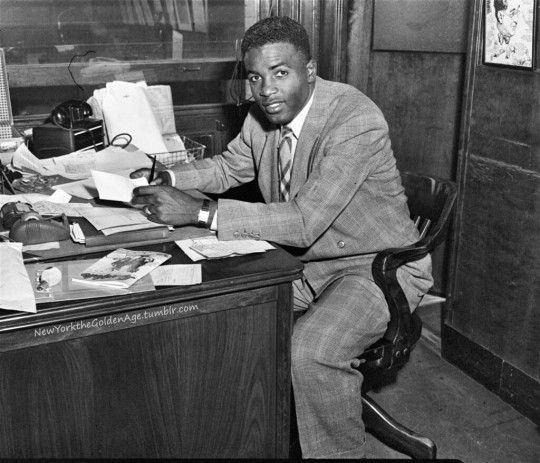
On April 10, 1947, Jackie Robinson became the first African-American ever to be admitted into the major leagues. He is shown here right after he signed his contract with the Brooklyn Dodgers at the Dodgers' office.
Photo: Associated Press
#vintage New York#1940s#Jackie Robinson#MLB#vintage baseball#baseball history#first black ballplayer#Brooklyn Dodgers#April 10#10 April#vintage Brooklyn
194 notes
·
View notes
Text
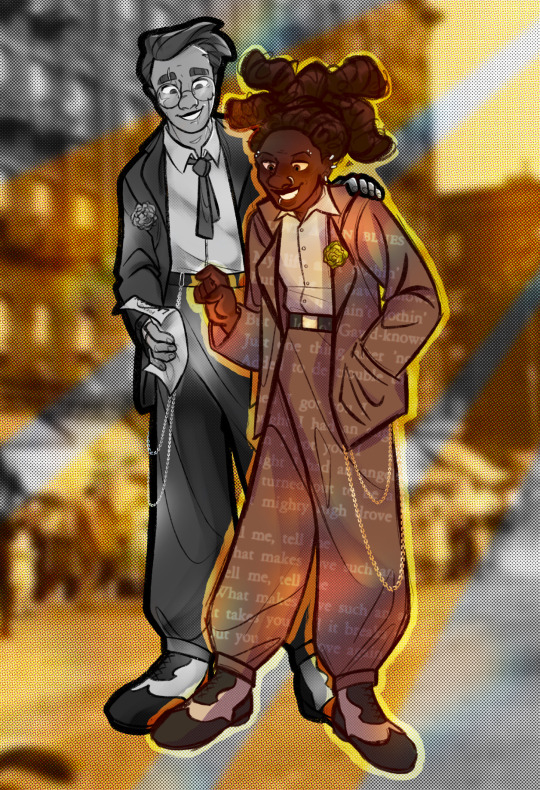
finally my obsession with zoot suits becomes useful
#spider man: across the spider verse#spider punk#spider noir#hobie brown#noirpunk#DO YOU GUYS KNOW ABOUT ZOOT SUITS#they’re fascinating the history is just. ouujhghghghhh i love it#not to mention the silhouette??? the chain???? fuck yeah#plus… green carnation… wink wink#green carnations as a subtle queer symbol also fell out of use round the 20s i think but i like it so#also zoot suits are technically a late 30s/40s thing if i remember right but leT ME HAVE THIS#theyre going on a date to a langston hughes reading <333#yknow how every spidey seems to have a borough?? like miles has brooklyn and gwen has chelsea#well. noir has harlem#IMAGINE IT. NOIR RIGHT IN THE THICK OF THE HARLEM RENAISSANCE#I NEED IT TO BE REAL#im so happy i get to incorporate my interest in the roarin 20s#into this magnificent ship. fucking fantastic for me#poem on hobie is love again blues by literally guess
567 notes
·
View notes
Text

My goodness!!!
#incel#violence against black women#violence against black girls#Samyia Spain#brooklyn#new york#deli#stabbing#twin sisters#veo kelly#park slope#assault#murder#criminal possession of a weapon#rejection#aggression#tragedy#violence#investigation#search#criminal history#robbery charges#community reaction#vigil#grieving father#women's safety#pressure to give phone numbers#public gathering place#neighborhood impact#emotional toll
134 notes
·
View notes
Text
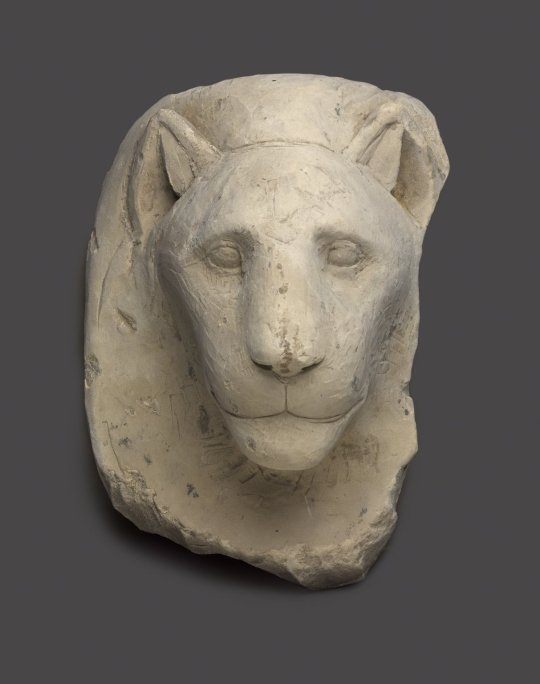

~ Sculptor's Model Head of a Lioness.
Place of origin: Egypt
Date: 332-30 B.C.
Period: Ptolemaic Period
Medium: Limestone
#ancient#ancient art#history#museum#archeology#ancient egypt#ancient sculpture#ancient history#archaeology#egyptian#egyptology#egypt#lioness#sculptor#Ptolemaic#332 b.c.#30 b.c.#brooklyn museum
450 notes
·
View notes
Text


Tens of thousands of people visit Bank of America stadium to watch the Carolina Panthers play football each year – never realizing they are walking on top of lost remnants of a once-thriving Black neighborhood established in the aftermath of the Civil War.
The stadium itself is built directly atop a relic of segregated healthcare: Good Samaritan Hospital, the first private hospital built in North Carolina to serve Black patients. Built in 1891, this historic hospital was one of the oldest of its kind in the United States.
It was also the site of one of the “most horrific racial incidents in Charlotte's history,” according to Dan Aldridge, professor of History and Africana Studies at Davidson College.
A mob of 30 to 35 armed, white men invaded the hospital, dragging a man out of the hospital and into the streets – and shooting him dead in front of the building.
The concept of “urban renewal” destroyed Black neighborhoods, communities, businesses and homes all across North Carolina, especially between 1949 and 1974.

Durham, for example, once had a prominent Black Wall Street, where Black businesses flourished; however, the historic community was almost completely destroyed by construction of the Durham Freeway.
Likewise, Raleigh once had 13 historic Freedmen's Villages, built entirely by men and women freed from slavery in the aftermath of emancipation. Today, only two are remaining, and Oberlin Village, the largest one, was cut in half by the construction of Wade Avenue.
Similarly, Charlotte's Brooklyn community was built by men and women freed from slavery in the late 1800s. Like many Black communities around the state, it was forced into an awful geographical location – on low-lying land where flooding, sewage and sanitation issues made life hazardous.
According to history in the Charlotte Library, the Brooklyn area was first identified on maps as ‘Logtown’ in the late 1800s – a name that matches closely with titles given to similar freedmen villages in the Triangle area, which were often called slang names like ‘Slabtown’ or ‘Save Rent’ due to their inexpensive homes.
In the 1900s, the area became known as Brooklyn, “a name that would become synonymous with the Black community until urban renewal.”
“It's a tragedy that so many stadiums were built on sites that were once Black communities,” said Aldridge. “They're poor neighborhoods. They're struggling neighborhoods. I won't romanticize them by claiming they're all like Black Wall Street, but they were people's homes and people's communities, and they were taken from them.”
Many historically significant Black sites were lost in urban renewal; likewise, many Black communities were forced to build in geographically unfit areas, making growing wealth and property more difficult – and more easily lost over time.
At its peak, Brooklyn was home to:
Charlotte's first Black public school
Charlotte's only Black high school
The city's first free library for Black patrons
The first companies to offer white collar jobs to Black workers
The first private hospital for Black citizens in Charlotte
Today, football players run up and down the Bank of America field for the amusement of thousands of cheering fans. However, in 1913, over a century ago, that same land had a very different story.
(continue reading) related ↵ related ↵
#politics#urban renewal#structural racism#carolina panthers#bank of america#bank of america stadium#panthers stadium#good samaritan hospital#black wall street#blacklivesmatter#racism#erasure#displacement#north carolina#systemic racism#brooklyn nc#brooklyn north carolina#black history#football#nfl#nfl football#whitewashing history
108 notes
·
View notes
Text
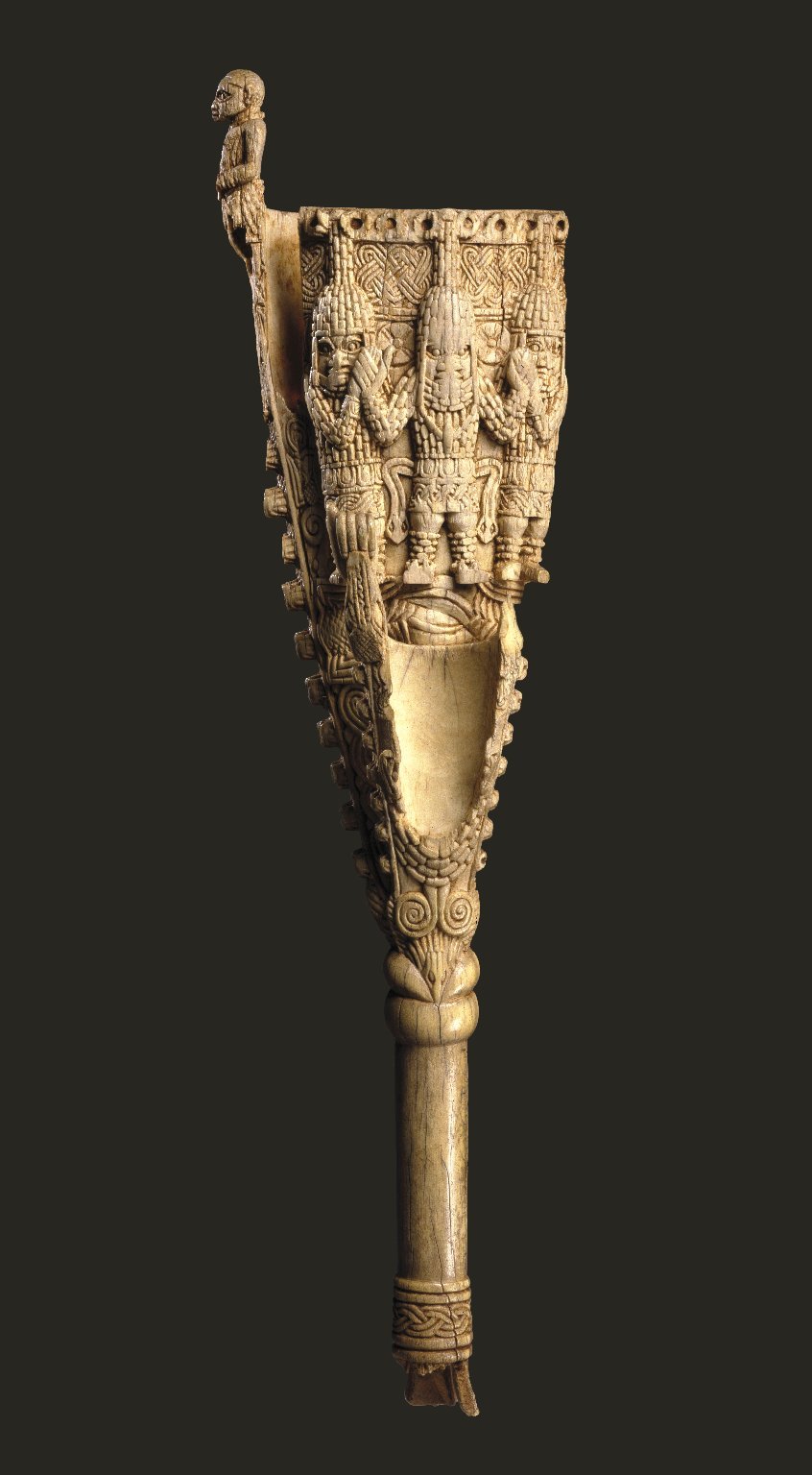
Ivory double bell (egogo) from the Benin kingdom in present-day Edo State, Nigeria, depicting the oba (king) with his arms upheld by two attendants, possibly high priests. The oba wielded the egogo during the Emobo rite that concluded the Igue festival, using its sound to repel troublesome spirits. Artist unknown; early 16th century. Now in the Brooklyn Museum. Photo credit: Brooklyn Museum.
#art#art history#Africa#African#African art#West Africa#West African#West African art#Nigeria#Nigerian art#Kingdom of Benin#Benin art#sculpture#ivory#ivory carving#African religions#16th century art#Brooklyn Museum
130 notes
·
View notes
Photo
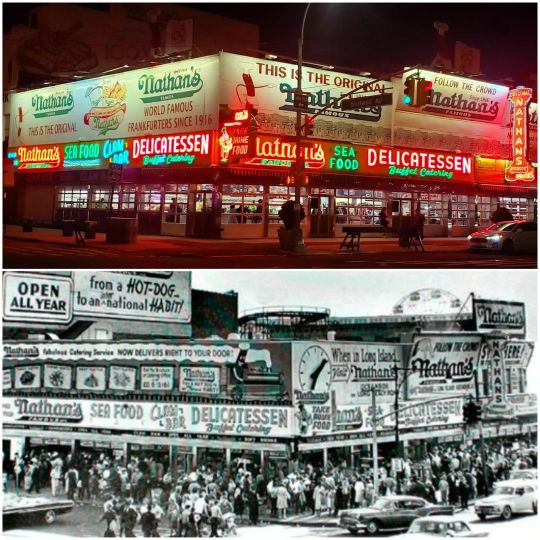
Today #UrbExNYC post comes from the County of Kings in the form of the iconic Coney Island landmark Nathan’s Famous, on the corner of Stillwell and Surf Avenues.
Polish immigrant Nathan Handwerker opened his first nickle hotdog stand in 1916 and the original stand has expanded to the location you see here. As of 2019, Nathan's had 213 locations worldwide.
#NathansFamous #NathanHandwerker #UrbanExploration #BrooklynHistory #NewYorkHistory #NYHistory #NYCHistory #CulinaryHistory #FoodHistory #History #Historia #Histoire #Geschichte #HistorySisco (at Nathan’s Famous)
https://www.instagram.com/p/CdytRZEu47w/?igshid=NGJjMDIxMWI=
#UrbExNYC#Nathan's Famous#Nathan's Hot Dogs#Nathan Handwerker#Urban Exploration#Brooklyn History#New York History#NY History#NYC history#Culinary History#Food History#History#Historia#Histoire#Geschichte#HistorySisco
4 notes
·
View notes
Text
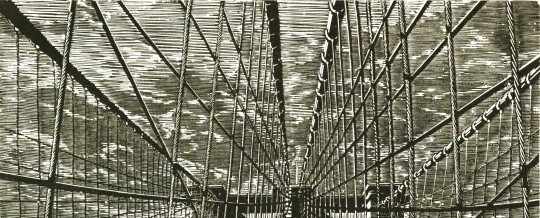
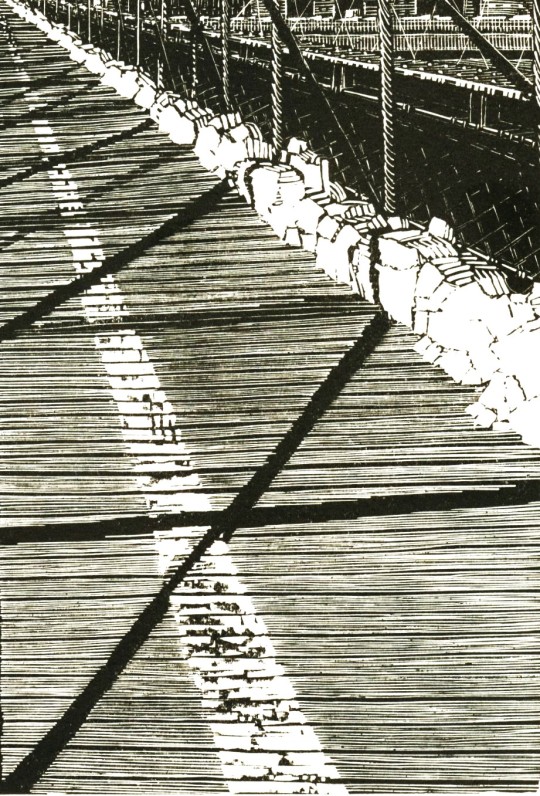


Wood Engraving Wednesday
ANNE DESMET
English printmaker Anne Desmet (b. 1964) is a Fellow of the Royal Society of Painter-Printmakers (RE) and the Society of Wood Engravers (SWE), and is only the third wood engraver elected to the Royal Academy of Arts in its entire history. This engraving, Brooklyn Bridge: New Day (2015) pays homage to one of her major influences, British artist Edward Wadsworth (1889-1949) and is printed from the original block in 2020 Vision: Nineteen Wood Engravers, One Collector, and the Artists Who Inspired Them, printed in 2020 by Patrick Randle’s Nomad Letterpress at the Whittington Press in Cheltenham, Gloucestershire, in an edition of 340 copies for the 100th anniversary of the Society of Wood Engravers. Of her wood engravings, Desmet writes:
Many of my engravings are in evolving series to suggest time, change, metamorphosis and evolution. My Brooklyn Bridge (2015) series of seven prints charts nights and days of snowy weather I experienced in New York in 2014. The bridge's complex engineering structure and viewing angle with a vanishing-point perspective reflect my appreciation of Wadsworth's emphatic compositions. . . . I offer . . . Brooklyn Bridge: New Day . . . in homage to Wadsworth. Wordsworth described 'gradually being able to evolve something of printmaking . . . which in my opinion is very suitable for an expression of form and structure' . . . . I too find print techniques admirably well-suited to express 'form and structure' and, in particular, to architectural themes . . . which have preoccupied me these last three decades.
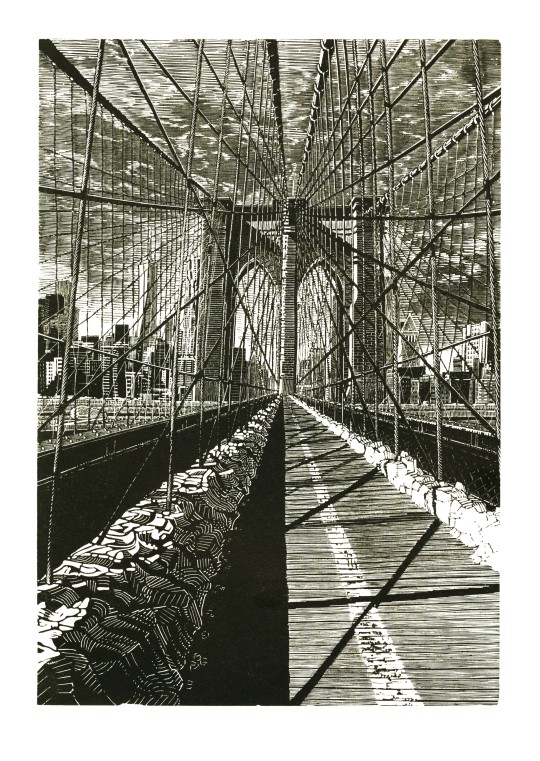
View other posts from 2020 Vision.
View more posts with women wood engravers.
View more posts with wood engravings!
#Wood Engraving Wednesday#Women's History Month#wood engravings#wood engravers#women wood engravers#Anne Desmet#Brooklyn Bridge: New Day#Edward Wadsworth#2020 Vision#Nomad Press#Whittington Press#Patrick Randle#Society of Wood Engravers#letterpress printing#fine press books#artistic influences#brooklyn bridge#bridges
49 notes
·
View notes
Text

Charles Webster Hawthorne (American, 1872-1930) • The Red Bow • c. 1902 • Brooklyn Museum, Brooklyn, New York
#art#painting#fine art#art history#genre painting#paintings of women#american artist#women in paintings#early 20th century art#figurative painting#artist#brooklyn museum#art appreciation#art lover#impressionism#pagan sphinx art blog
70 notes
·
View notes
Text
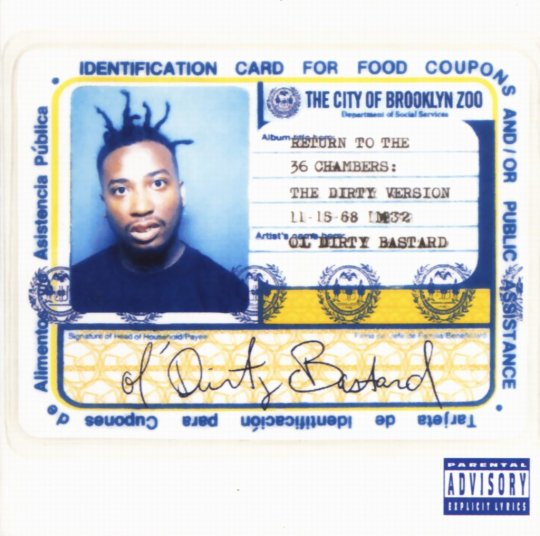
Today in Hip Hop History:
Ol’ Dirty Bastard released his debut album Return to the 36 Chambers March 28, 1995
#today in hip hop history#todayinhiphophistory#hiphop#hip-hop#hip hop#hip hop music#hip hop history#music#history#hip hop culture#music history#ol dirty bastard#odb#Return to the 36 Chambers#wu#wu tang clan#wutang#wu tang#1995#95#brooklyn
322 notes
·
View notes